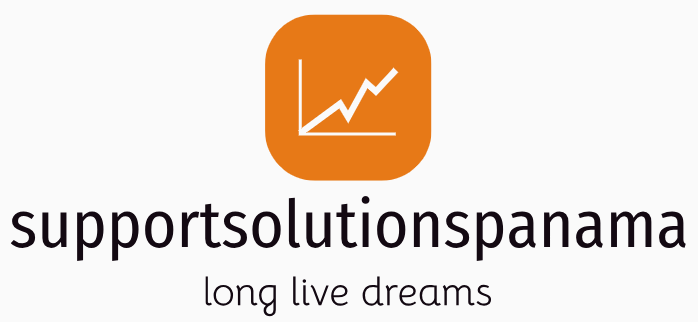Finding Your Flow Mastering Work-Life Harmony

Understanding Your Personal Flow State
We’ve all experienced those moments of intense focus and productivity, where time seems to melt away and we’re completely absorbed in our work. This is often referred to as “flow state,” a concept popularized by Mihály Csíkszentmihályi. It’s not just about being busy; it’s about being deeply engaged and challenged in a way that feels both rewarding and effortless. Understanding what triggers your flow state—whether it’s a quiet morning, a collaborative brainstorming session, or the satisfying click-clack of a keyboard—is the first step towards harnessing its power. Paying attention to your energy levels throughout the day and identifying your peak performance times can help you schedule demanding tasks strategically.
Identifying Your Work-Life Balance Sweet Spot
Work-life balance isn’t about rigidly dividing your life into equal halves; it’s about finding a harmonious rhythm that sustains you. This varies enormously from person to person. Some thrive on intense periods of work followed by dedicated downtime, while others prefer a more evenly paced schedule. Experiment with different approaches: try shifting your working hours, incorporating short breaks throughout the day, or scheduling regular “digital detox” periods. The goal is to find a balance that feels sustainable and fulfilling, leaving you with enough energy to pursue your personal interests and relationships without feeling perpetually stressed or overwhelmed.
Setting Realistic Goals and Prioritizing Tasks
Overwhelm is the enemy of flow. When faced with a mountain of tasks, it’s easy to feel paralyzed and unable to start. The key is to break down large projects into smaller, manageable steps. Prioritize these tasks based on urgency and importance using methods like the Eisenhower Matrix (urgent/important). Setting realistic goals, both short-term and long-term, helps maintain momentum and provides a sense of accomplishment along the way. Remember to celebrate your achievements, no matter how small, to reinforce positive habits and maintain motivation.
Minimizing Distractions and Creating a Conducive Environment
Distractions are the ultimate flow killers. A cluttered workspace, constant notifications, and interruptions from colleagues can disrupt your focus and derail your productivity. Creating a dedicated workspace, even if it’s just a corner of a room, can significantly improve concentration. Turning off notifications, silencing your phone, and communicating your need for uninterrupted time to colleagues are all effective strategies. Experiment with different environments to discover what works best for you – some people thrive in bustling coffee shops, while others prefer the quiet solitude of their home office.
Incorporating Mindfulness and Self-Care Practices
Achieving work-life harmony isn’t just about managing your schedule; it’s about managing your mental and emotional well-being. Incorporating mindfulness practices, such as meditation or deep breathing exercises, can help reduce stress and improve focus. Regular exercise, healthy eating, and sufficient sleep are also crucial for maintaining energy levels and preventing burnout. Self-care isn’t selfish; it’s essential for sustaining productivity and preventing overwhelm. Schedule time for activities that you enjoy and that help you relax and recharge, whether it’s reading, spending time in nature, or pursuing a hobby.
Leveraging Technology to Enhance Productivity and Organization
Technology can be both a blessing and a curse in the pursuit of work-life harmony. While it can contribute to distractions, it can also be a powerful tool for enhancing productivity and organization. Utilize project management tools to track progress, schedule tasks, and collaborate with colleagues. Explore time-blocking techniques to allocate specific time slots for particular activities. Employ apps that help manage emails, calendars, and to-do lists. By strategically using technology, you can streamline your workflow, reduce mental clutter, and create more space for the things that truly matter.
Embracing Flexibility and Adaptability
Life is unpredictable, and unexpected events can disrupt even the most carefully crafted schedules. Embracing flexibility and adaptability is key to maintaining work-life harmony in the face of unforeseen circumstances. Be prepared to adjust your plans as needed, and don’t be afraid to ask for help when you need it. Remember that work-life balance is an ongoing process, not a destination. It requires continuous adjustments and experimentation to find what truly works for you at different stages of your life.
Regularly Evaluating and Refining Your Approach
Work-life harmony is not a static state; it’s a dynamic process that requires regular evaluation and refinement. Take time each week or month to reflect on your progress, identify areas for improvement, and adjust your strategies accordingly. What worked well this week might not work as well next week. Be open to experimentation and willing to adapt your approach as your needs and circumstances change. This ongoing reflection will ensure you remain in tune with your needs and maintain a sustainable and fulfilling work-life integration. Read also about work-life balance.




![Discover the Future of [Product Category] Discover the Future of [Product Category]](https://images.unsplash.com/photo-1700104494865-200e961d942c?fm=jpg&q=60&w=3000&ixlib=rb-4.1.0&ixid=M3wxMjA3fDB8MHxzZWFyY2h8OXx8cHJvZHVjdCUyMGxhdW5jaCUyMG1hcmtldGluZyUyMGNhbXBhaWdufGVufDB8MHwwfHx8Mg%3D%3D)





